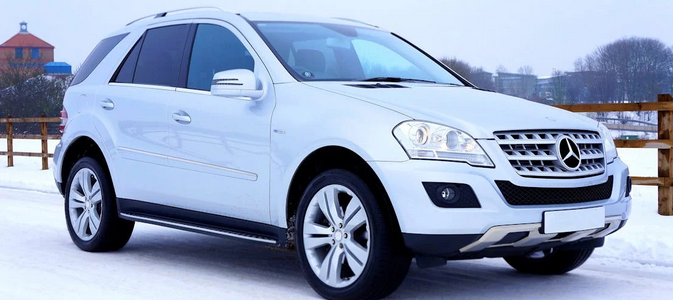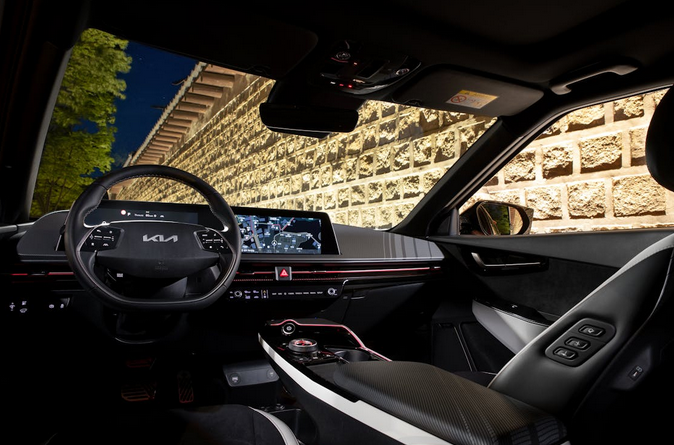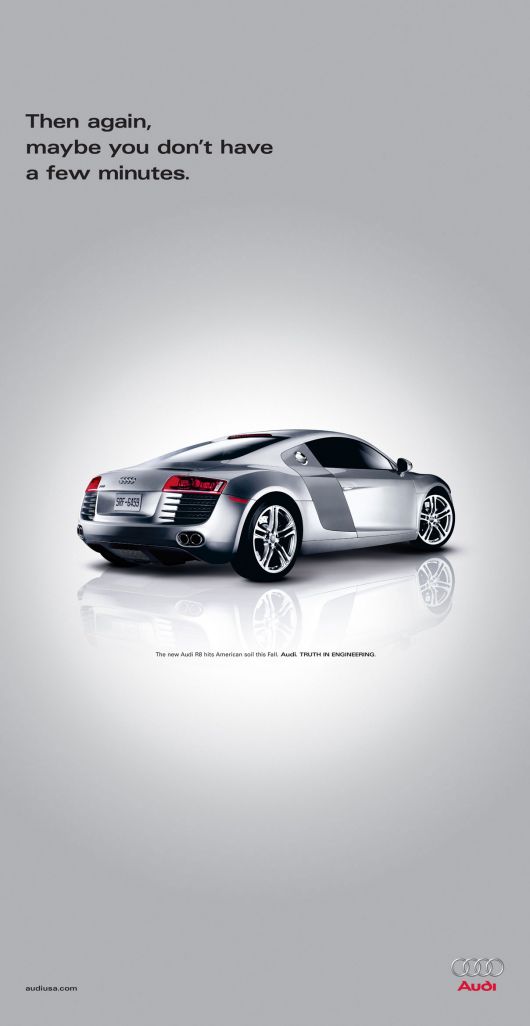What Makes Mini SUVs Ideal for First-Time Car Owners?
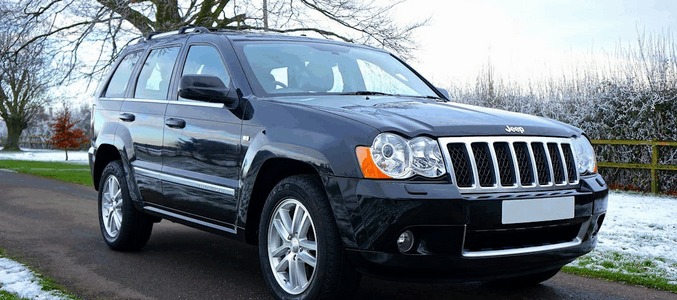
Choosing your first car is an exciting step, but also one that comes with plenty of considerations. From budget and safety to practicality and aesthetics, first-time buyers often feel overwhelmed by the number of choices on the market. Among the growing options, mini SUVs have emerged as a favorite for new drivers—and for good reason. These vehicles offer a strategic blend of comfort, efficiency, safety, and value, making them a compelling option for those purchasing a car for the first time.
So, what exactly makes mini SUVs such a great choice? Let’s examine the top reasons why they’ve captured the attention of first-time car owners around the globe.
Compact Size with a Bigger Presence
For individuals just starting their driving journey, a compact car is typically easier to handle. Mini SUVs provide that advantage but add an elevated driving position and more ground clearance compared to standard hatchbacks or sedans. This added height allows better visibility on the road, which many new drivers appreciate. At the same time, the smaller dimensions make urban parking and tight turns far less intimidating. Despite their compact nature, mini SUVs manage to look commanding and stylish. They often resemble their larger SUV counterparts in design, offering a sense of maturity and capability without the bulk.
Versatile Interiors with Practical Layouts
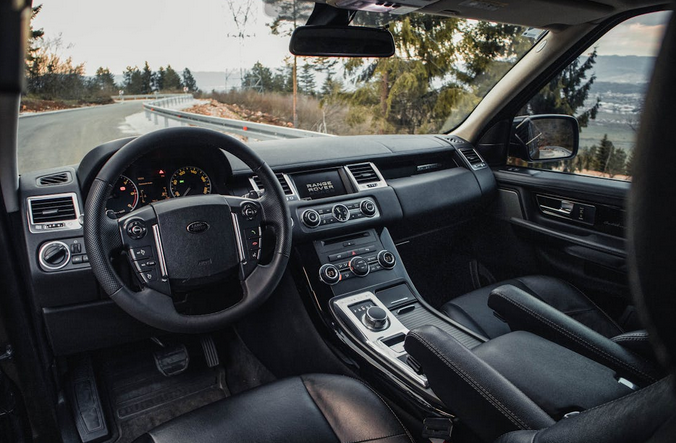
Mini SUVs are cleverly designed to offer more interior space than you might expect from their exterior size. Most models comfortably seat four to five passengers and still leave room for cargo in the boot. This versatility is especially beneficial for young professionals or college students who may need to carry bags, gear, or even pets regularly. Fold-down rear seats and configurable storage spaces make them suitable for a variety of lifestyles—whether it’s weekend getaways, grocery runs, or even light moving tasks. The practicality packed into a smaller frame gives mini SUVs a functional edge over sedans.
Affordable Price Points with Strong Value Retention
First-time buyers are often working within a limited budget. Mini SUVs tend to be more affordable than full-size SUVs, both in purchase price and maintenance. Many brands offer these models in entry-level trims with enough features to feel modern without straining finances. Additionally, mini SUVs generally hold their value better than some other vehicle types. Their growing popularity and continued demand in the resale market mean that new owners are less likely to face steep depreciation over the first few years of ownership.
Emphasis on Safety and Technology
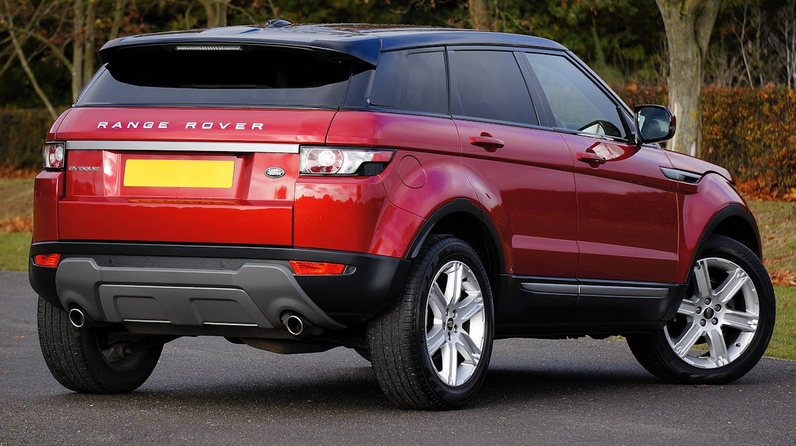
Modern mini SUVs are frequently equipped with a suite of safety and tech features that appeal to cautious and connected buyers. From adaptive cruise control and lane assistance to touchscreen infotainment systems and smartphone integration, many models come well-equipped even at base levels. For new drivers who may still be developing confidence behind the wheel, having automated support systems can provide a helpful extra layer of assurance. The intuitive interfaces also make it easier to control entertainment and navigation without losing focus on the road.
Fuel Efficiency Meets Light Off-Road Capabilities
Another compelling feature of mini SUVs is their fuel economy. These vehicles often share engines with smaller cars, meaning they can deliver impressive mileage while still giving drivers the SUV experience. This balance is ideal for budget-conscious individuals who want to minimize fuel costs without giving up on comfort or looks. Some models even offer all-wheel-drive or light off-road capability—enough to handle gravel roads, rainy commutes, or muddy driveways. This added versatility, while not meant for rugged adventures, can be a confidence booster for drivers exploring unfamiliar terrain or diverse weather conditions.
Mini SUVs have rightfully earned their place as an excellent starting point for new car owners. They bring together sensible size, intelligent use of space, essential features, and affordability—traits that appeal to today’s practical buyers. While choosing a first vehicle involves many moving parts, it doesn’t have to be an overwhelming task. Mini SUVs deliver a compelling package that meets the needs of those entering the driving world, all without unnecessary compromise. If you’re in the market for your very first car, taking a closer look at this category might just lead you to the perfect match.…

